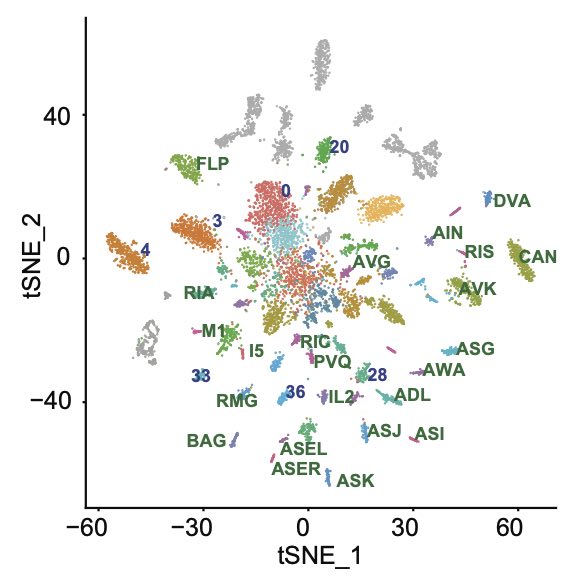Behaviour: Behaviour is the easiest read-out of the neuron-muscle network functionalities. The neuronal circuits and single neurons involved in each behavior are incrementally delineated in C. elegans.
ax204 roaming at 21 (260810_2h_21_x264) acc 50x
Genomics and genetics: Forward genetic is a powerful approach because it requires no prior knowledge. It allows to focuses attention on genes that are functionally important even if unpredictable. These provide entry points to study the molecular mechanisms and neural circuits controlling the function we are interested in. Next generation sequencing (NGS) accelerate the process. In addition, the expanding number of mutants available and the CRISPR method also allow to test any mutation of interest.
Neural imaging and opto/chemogenetics: To study neural circuit function directly requires to observe neuronal activity in-vivo. We observe neural activity using genetically encoded sensors for Ca2+ (GCaMP). Neuronal function is interrogated by genetic ablation or the artificial activation (ChR2) or inhibition (ACR) of specific neurons of the circuitry. We continuously adapt new approaches to our needs.
Cell biology: C. elegans transparency facilitate microscopy. Neurons can be visualised by GFP expression. Cell biology can be explored using fluorescently tagged protein markers. here we tracked Dense core vesicles along the axon over time.

Dense Core vesicle movement in ALM neurons. X axis is time Y axis is position of the vesicles
Time lapse imaging: C. elegans transparency facilitate time lapse microscopy in vivo in physiological tissues, here we observed the formation of ectosomes from the tip of ciliated neurons.
Single cell approaches: Cell diversity can be explored using Single cell RNA sequencing. We used single cell approaches to generate a molecular atlas of all C.elegans neurons. This also allowed us to identify cell-specific promoters and transcription factors.


